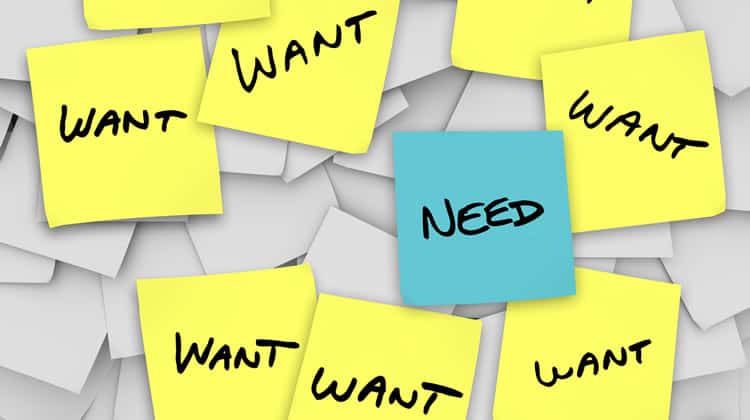In the rapidly evolving landscape of product development, rapid prototyping has emerged as a game-changing tool for designers and engineers alike. The promise of swiftly transforming ideas into tangible models fosters innovation, yet navigating the complexities of this process can present significant challenges.
From technical limitations and material constraints to misaligned expectations within teams, the road to a successful prototype is often fraught with obstacles. As organizations strive for agility and efficiency, it’s crucial to identify these hurdles early on and devise effective strategies for overcoming them.
This article explores the most common challenges faced in rapid prototyping and offers actionable insights to turn setbacks into stepping stones toward success. Join us as we delve into this dynamic field, shedding light on how to harness the full potential of rapid prototyping while minimizing the bumps along the way.
Understanding User Requirements

Understanding user requirements is a foundational step in the rapid prototyping process, yet it is one of the most challenging hurdles that teams face. Often, stakeholders may have a vision in mind, but articulating that vision into clear, actionable specifications can feel like navigating a maze. Compounding this issue, differing perspectives among team members can lead to a cacophony of competing priorities, leaving the prototype adrift without a steady course. To bridge this gap, fostering an environment of open dialogue is essential.
Engaging users through interviews or workshops can unveil their true needs and pain points, while iterative feedback loops ensure alignment throughout the development process. Additionally, leveraging a rapid prototype service can accelerate this process by providing quick and efficient iterations, allowing for more immediate user feedback and refinement. Employing techniques such as user personas and storyboards can aid in visualizing the user experience, transforming abstract ideas into concrete requirements. By prioritizing user-centered communication and utilizing rapid prototyping services, teams can not only clarify expectations but also empower users, making them an integral part of the prototyping journey.
Time Management

Time management emerges as a pivotal challenge in the realm of rapid prototyping, where the pressure to innovate swiftly can often lead to chaotic workflows and overwhelmed teams. The relentless pace can cause critical timelines to slip, resulting in rushed decisions that compromise quality.
To counteract this, a strategic approach is essential: prioritize tasks by their impact on the project, allocate resources judiciously, and implement clear deadlines that foster accountability. Emphasizing regular check-ins can also enhance communication and facilitate quick course corrections.
Moreover, leveraging tools like timelines and Gantt charts can provide visual clarity, helping teams navigate the complexities of their schedules and ensuring that every sprint is both productive and purposeful. Balancing urgency with deliberation becomes not just a goal but a mantra in the fast-evolving world of prototyping.
User Acceptance and Feedback

User acceptance and feedback are paramount to the success of any rapid prototyping endeavor. Engaging end-users early in the design process can illuminate their preferences, expectations, and pain points, fostering a sense of ownership and investment in the final product.
Yet, this engagement isn’t always seamless; feedback can be varied—some users may provide insightful critiques while others might offer vague suggestions that are hard to implement. To navigate this challenge, it is essential to create a structured feedback loop, employing surveys, interviews, and collaborative workshops that encourage genuine participation.
Furthermore, iterating on prototypes based on user insights not only refines the design but also builds trust. As the project evolves, frequent check-ins and open lines of communication can help mitigate misunderstandings and align expectations, ultimately leading to a solution that resonates with users and stands the test of time.
Conclusion
In conclusion, navigating the complexities of rapid prototyping can be daunting for many designers and engineers, but understanding the common challenges—such as material limitations, design intricacies, and time constraints—can significantly enhance the prototyping process. By implementing strategic planning, embracing advanced technologies, and leveraging specialized rapid prototype services, teams can effectively address these obstacles and accelerate their product development cycles.
Ultimately, overcoming these challenges not only leads to more successful prototypes but also fosters innovation and efficiency, paving the way for the successful launch of final products in today’s fast-paced market.


